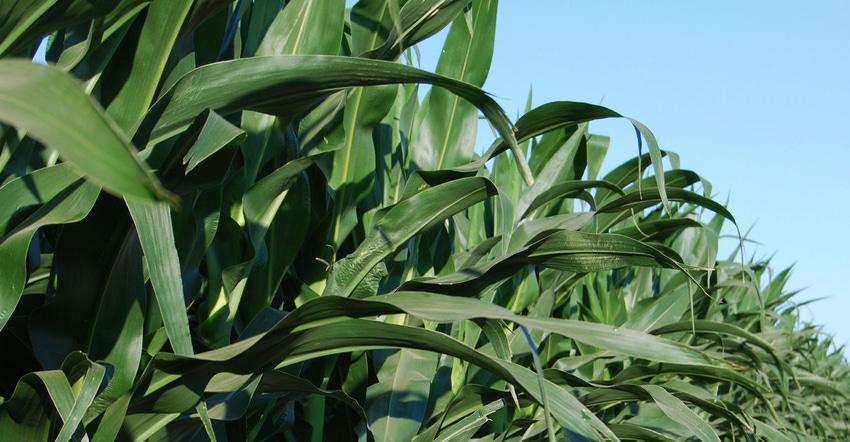May 22, 2017

To boost crop yields, a critical issue is controlling variables. While weather can be a hazard when there's too much rain, the bigger problem comes with the rains stop. Another variable is making sure plants have the nutrients they need in the critical root zone too.
Dr. Fred Below, plant physiologist, University of Illinois, has been working with SDI technology and has found that in-season fertigation - delivering crop nutrients through those underground lines - boosted corn yields by an average of 52 bushels per acre. For soybeans, the average increase was eight bushels per acre.
Depending on the hybrid or variety, Below demonstrated said maximum yield increases were up 30% to 40%. "What we've discovered is that the way our system operates, we're better able to manage nutrients late-season to increase yields in a way that we can't do otherwise," he said.
Below's well-known Seven Wonders of the Corn Yield World lists weather and nitrogen in the top two positions. Use of drip irrigation provides weather insurance and actually touches those top two "wonders." Note that in that list, weather accounts for more than 70 bushels per acre in yield for corn, while nitrogen is credited with another 70 bushels. Together they account for more than half the yield potential for corn.
To meet the rising need for corn, Below said you can either farm more acres or boost yield on existing acres. SDI allows a farmer to mitigate stress on corn. The aim is to never have a bad day for corn and drip irrigation can make that happen. Said Below: "Rather than going out and buying more, improve the acres you have. After putting in drain tiles, what's the next thing you should do? You should try and make sure now that you can add water when needed and nutrients as needed."
Whole season fertility
Below found that in 2015 corn and soybean yields responded best when using fertigation and foliar protection together. Corn yield improvements by as much as 69 bushels per acre occurred with fertigation throughout the growing season with nitrogen, potassium, phosphorus, sulfur and zinc.
Results were achieved across five corn hybrids at four planting populations near Champaign, Ill. And Below noted the most benefit came when nutrients were absorbed after the plant started flowering.
This showed that plants don't absorb nutrients at the same time. "And so as opposed to putting them all on the field at once and being done with it, why can't you adjust their availability with the drip system to better manage the plant needs?" he asked.
More farmers are finding in-season application of nutrients can have a benefit, but with SDI it's possible to deliver nutrients to the plant directly all season long, and at the proper concentrations when the plant needs it. In addition you're putting those nutrients into the root zone directly.
Higher populations
Below is long known for his work on raising higher-population corn; and he works with narrow-row technologies to raise more corn per square foot. "The future of corn is going to have to be narrow rows to manage a higher density of plants and to grow high-yield corn," he said.
However higher population can lead to more plants per row creating weaker plants with smaller root systems. Below acknowledges that fact, noting that with the smaller root system you're increasing concerns with water issues, and fertility.
"That's partly where the subsurface drip comes in. Not only can you manage a higher density of plants but you can also overcome this issue that each plant's going to have a smaller root system," he said.
While SDI offers benefits, installation is critical too. Below learned that lesson noting that depending on where the lines are buried, you may not be able to deliver what plants need early. In his test fields, Below has lines buried at 14 to 16 inches deep so researchers can do shallow tillage.
But roots don't get that deep until the nearly reach reproductive development. "When it comes to nutrients, we've discovered that if we have a young plant that's deficient, we have a very difficult time correcting it because our system's driplines are too deep."
His solution is to deliver some nutrients to younger plants to supplement those deeper driplines. "You can't just add everything through the irrigation system. You need a starter fertilizer or something to get that plant off to a good start," he said.
Source: Netafim
You May Also Like




